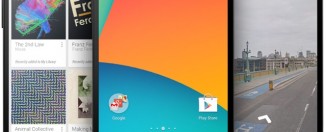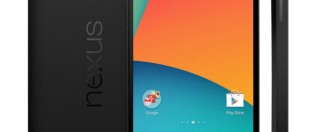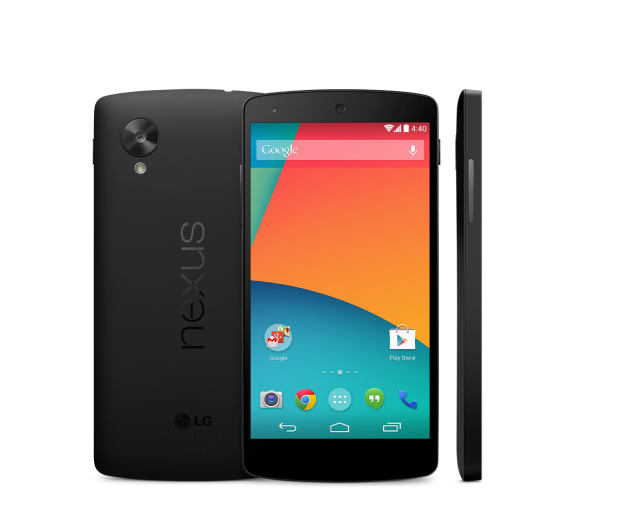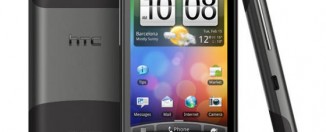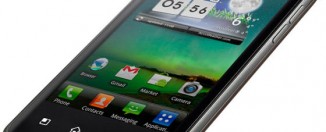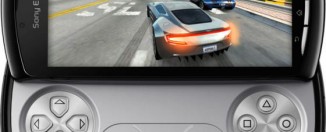HTC Magic Review – the second Android phone
After reviewing the T-Mobile G1 yesterday, I thought it only right to give a full HTC Magic review as the two are very closely related.
The Magic isn’t all that different from the G1, so this review will feature an overview of the Magic’s main features and overall user experience, and then focus on a comparison of the HTC Magic with T-Mobile G1.
For more info on the overall Android experience that you get with the HTC Magic, check out my T-Mobile G1 review.
Read on for the HTC Magic review after the jump.
HTC Magic First Impressions
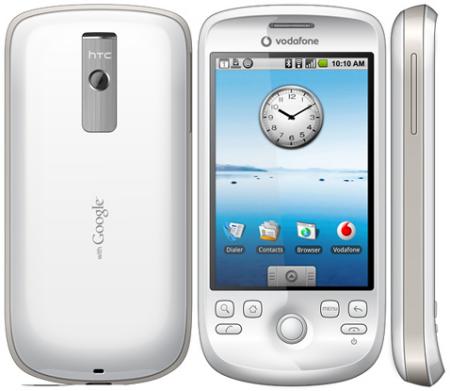
The first thing you notice about the HTC Magic is that it’s got one less input device than the G1 – there’s no keyboard. Instead it’s a full touchscreen phone, and so can be seen as the Android platform’s closest competitor yet to the iPhone.
One advantage of this is that it’s not quite so ugly as the G1. It’s still got the infamous Android chin, but because there’s no keyboard, this shouldn’t get in the way. Instead, you get a sleek looking, thinner and lighter Android phone that should appeal to more people than perhaps the G1 does, simply because the Magic has less of a business look about it without the keyboard.
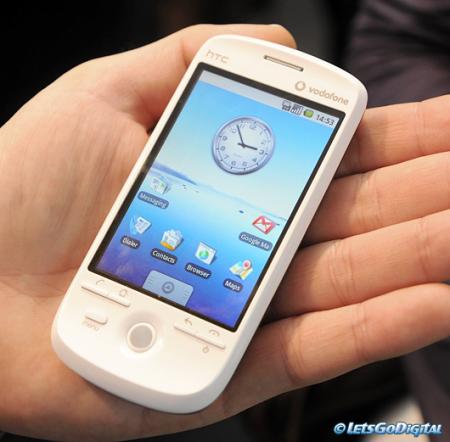
Instead of a keyboard, there’s a virtual keyboard that’s similar to the iPhone’s. Similar in design, that is, but not in functionality. Whereas the iPhone’s keyboard is reasonably usable (at least for a virtual keyboard, which I’m not a fan of), the Magic’s is a bit awkward. You’d expect Apple to develop a better designed virtual keyboard than HTC, of course, but you might want to try out the Magic for yoursef first before buying it to see how you find out. You can read more about the problems of the virtual keyboard over at Gizmodo (but note that the unit they were testing was a pre-released version).
HTC Magic Features
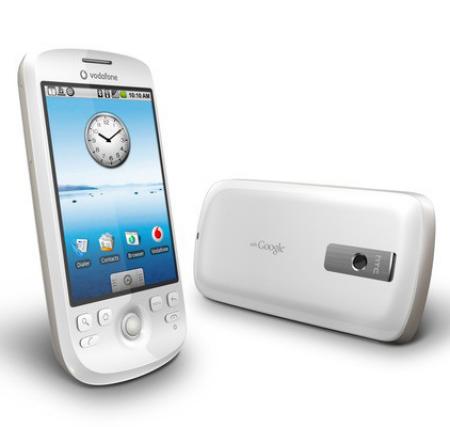
The features of the HTC Magic are virtually identical to the G1. You get a 3.2 megapixel camera, quad-band GSM, 7.2 Mbps HSDPA, Wi-Fi, GPS, compass and all the other sensors that the G1 has.
What makse the Magic, and the G1 for that matter, special, though, is the overall user experience. Everything works really well and really intuitively. With Google Search, Maps, GMail and calendar all installed, you’re permanently in touch with the Web. If someone edits your public Google calendar, the update is pushed to the Magic, which will notify you in its notification window.
Equally, all manner of other applications can update you as well, such as Twitter, Facebook, even an earthquake app (you can even set this to alert you when an earthquake has occurred close to you, although you’d probably be alerted more byt the ground moving and buildings fall on you!)
The other excellent feature of the Magic is the Android store. This gives you instant access to hundreds (and soon, thousands) of applications that extend the Magic in ways you never dreamed possible. You can check out just some of the apps at my T-Mobile G1 review – all these apps, and more, are available to Android phones as a whole, and so work just as well on the Magic as they do on the G1.
Comparing the HTC Magic to the T-Mobile G1
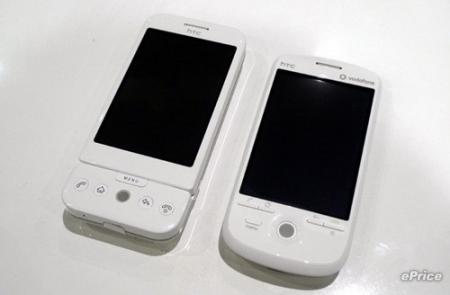
Most of the differences between the two devices are very small. The Magic has twice as much ROM as the G1 (512MB compared to 256MB), its dimensions are naturally smaller (113 x 55 x 13.65 mm compared to 117.7 mm x 55.7 mm x 17.1 mm of the G1), and it’s 40gms lighter (118.5 gms compared to 158gms).
A more substantial difference is that the Magic has no flash, which could be annoying depending on how much you use your phone’s camera. On the plus side, though, the Magic has a bigger battery (1340mAh compared with the G1’s 1150mAh), which should help address one of the big problems with the G1 – battery life.
Finally, the HTC Magic comes with an updated version of the Android operating system. Called Cupcake, the update fixes many of the design issues that people had with the G1. Most of these are small cosmetic changes to the interface, but the overall effect is to make the phone much easier to use (which must have been pretty difficult, as the G1 is a dream to use!)
Fortunately, you’ll shortly be able to upgrade the G1 to the new Cupcake interface, so this won’t be a difference for long, but at least you won’t have the hassle of having to update your firmware.
One final difference between the two: the HTC Magic will be available exclusively to Vodafone users in the UK, whereas the T-Mobile G1 is obviously only available on T-Mobile.
Videos of the HTC Magic
Android is all about the user experience, and the only way to show this is through video. So here are some HTC Magic videos!
.
Summary
The HTC Magic is another Android phone that should appeal to a different audience than the G1. It’s another fantastic Android phone – seriously, I love this platform – and so should be a joy to use, and will certainly have iPhone owners looking over your shoulder in awe and envy when they see how Street View works with the Magic’s built-in compass.
The HTC Magic is sleek, light, fantastic to use and should be seriously considered by anyone thinking of getting a smartphone – just make sure you check out the keyboard first!
For more info, check out Dialaphone’s HTC Magic review.

